Apodoulou, an archaeological site located approximately 20 kilometers northwest of Phaistos in southern Crete, offers valuable insights into Minoan civilization during the Protopalatial period (1900-1700 BCE). Situated on a hill overlooking the Libyan Sea, Apodoulou held a strategic position on a major route connecting Phaistos to the north coast, passing through the administrative center of Monastiraki. The settlement’s remains, covering an area of at least 3,500 square meters, provide evidence of continuous habitation from the Late Neolithic period to the end of the Minoan era.
Excavation History
Initial excavations at Apodoulou were undertaken by Spiros Marinatos in 1934, uncovering a neopalatial villa dating to 1600 BCE. Subsequent investigations by a joint Greek-Italian team led by Professor Louis Godart from 1985 to 2005 revealed a complex of buildings from the Protopalatial period, destroyed by an earthquake and fire. The settlement’s layout adapted to the hilly terrain, with terraces and steps connecting different levels.
Architectural Features
The excavated area encompasses six buildings (blocks A-D, F, and G), covering over 600 square meters. These structures, primarily residential, averaged 100 square meters and consisted of various rooms, including storage areas, workshops, kitchens, and living spaces. Some buildings, like blocks A and D, likely had upper levels.
Block A, the largest building, spanned 220 square meters and featured more spacious rooms and advanced construction techniques compared to other structures. It likely served as a central hub for storage and administrative activities, with numerous pithoi and smaller vases discovered within its rooms. The presence of sealings identical to those found at Phaistos suggests close administrative and commercial ties between Apodoulou and the Minoan palaces.
Buildings and Their Functions
- Building A: The largest and most significant building, primarily used for storage and administrative purposes. It contained numerous pithoi and smaller vases, indicating the storage of agricultural products like olive oil. Room 9 likely served as a staircase and utility room, while other rooms functioned as workshops and storage areas.
- Building B: Located northeast of Building A, it may have initially formed a single complex with Building A. Finds include conical cups, stone vessel fragments, a bronze grater, and a mold for bronze swords.
- Building G: Only partially excavated, with one room identified as a kitchen based on the presence of a hearth, tripod pots, and traces of various plants, fruits, and vegetables.
- Building D: Forms a unified structure with Building A and features rooms that may have been partially or completely underground, accessed from an upper floor. Room 51 contained a platform possibly used for storage, while Room 28 is thought to have been a stoneworker’s workshop.
- Building F: Surrounded by passageways on three sides, it underwent at least two phases of use. The function of its rooms remains unclear, but finds include a zoomorphic idol, pithos fragment, and a seal mold.
- Unallocated Rooms: Located east of Building F, these rooms have not been assigned to a specific building. Some rooms appear to have served as kitchens, while others may have had different functions.
Pathways and Access
The settlement featured pathways connecting the various buildings. Pathway 13/39 served as the main communication axis, running northwest to southeast. Area 48, branching off from pathway 39, may have also been used for access. The western entrance to the settlement, located between Buildings F and D, consisted of a wide passageway with doorways and a large rock serving as a threshold.
Archaeological Site: Key Points
- Construction Period: Protopalatial period (approximately 1900-1700 BCE)
- Location: Apodoulou, Amari, Crete
- Dimensions: Covers an area of at least 3,500 square meters
- Historical Significance: Provides valuable insights into Minoan architecture, daily life, administrative practices, and trade networks during the Protopalatial period.
- Current Status: Partially excavated, with ongoing research and analysis of the findings.
Reference:













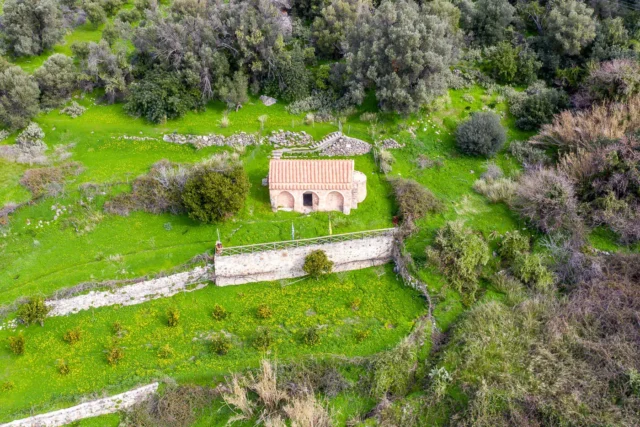

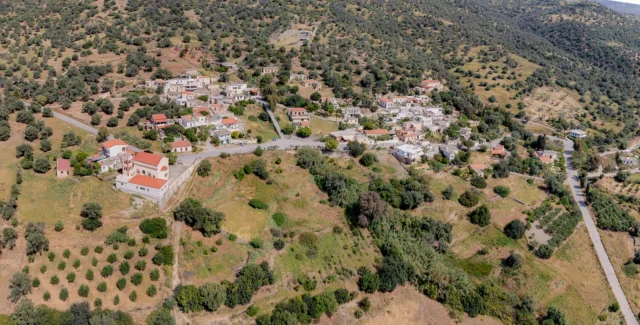
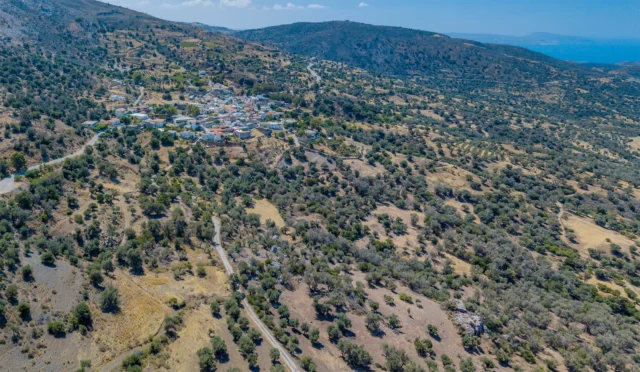

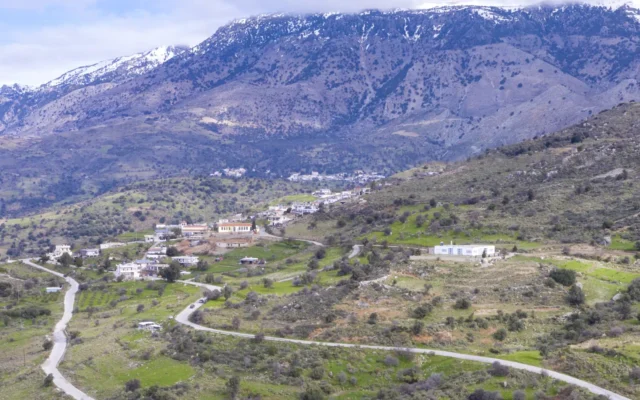

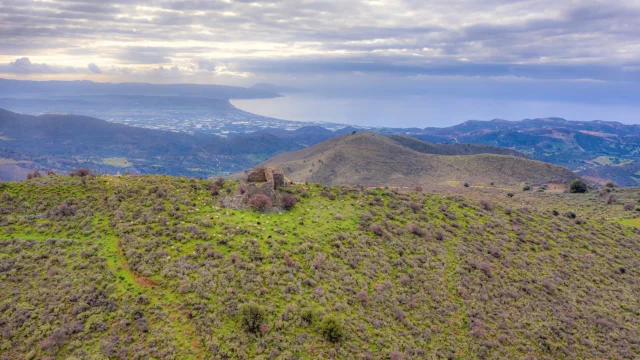

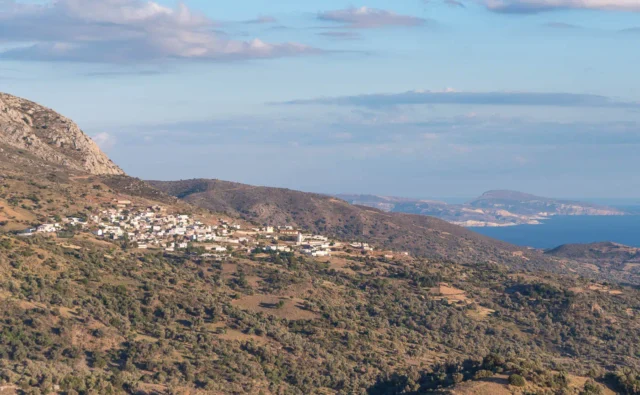
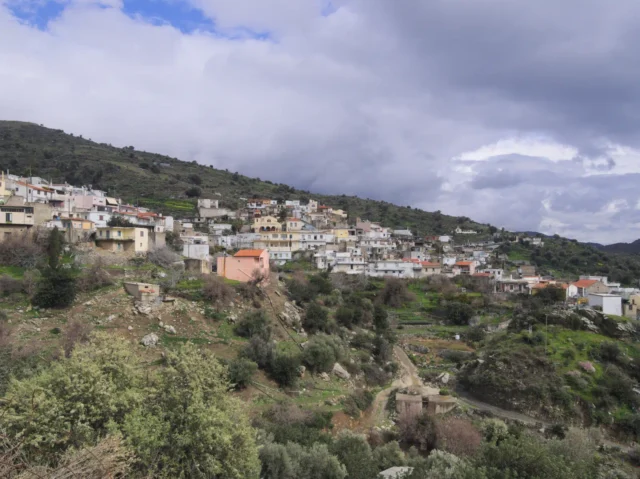

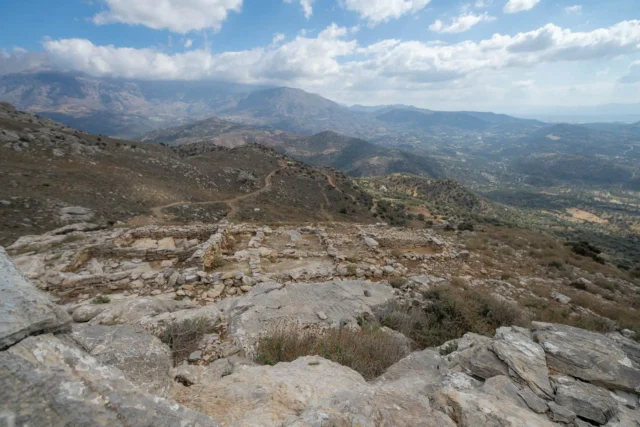
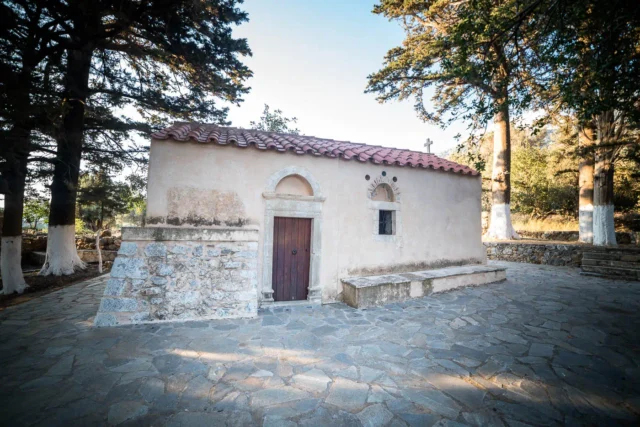
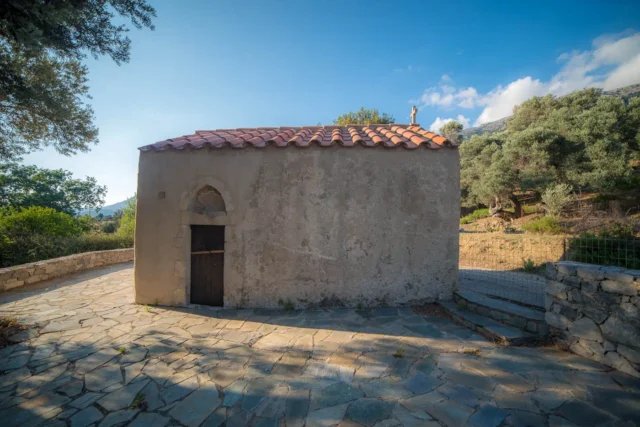

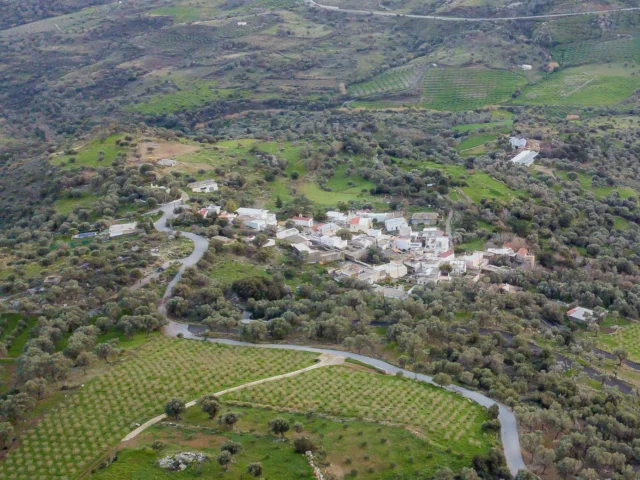
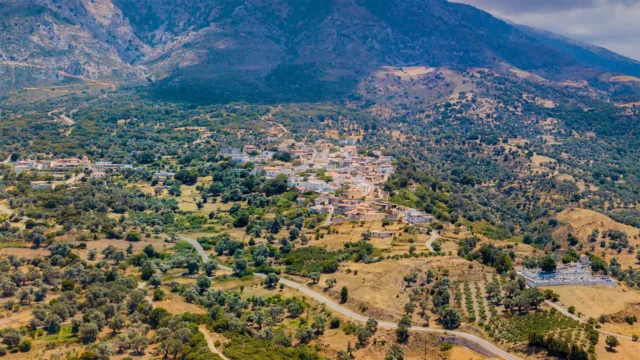
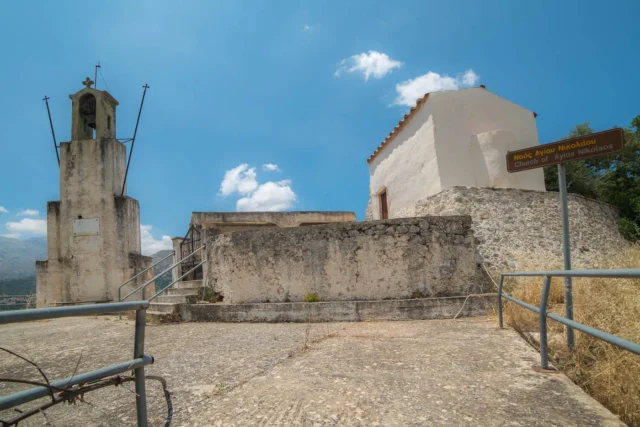

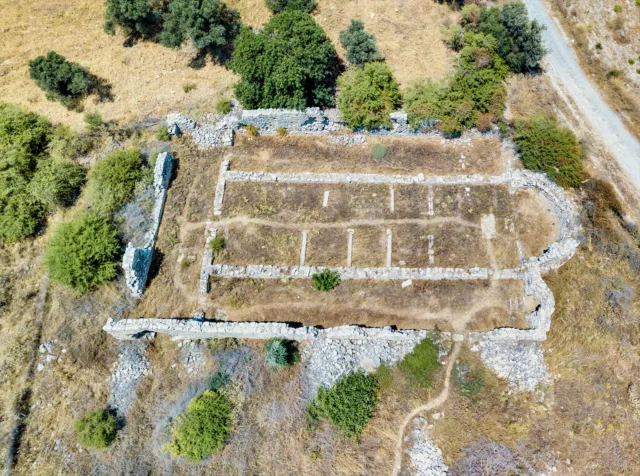

There are no comments yet.